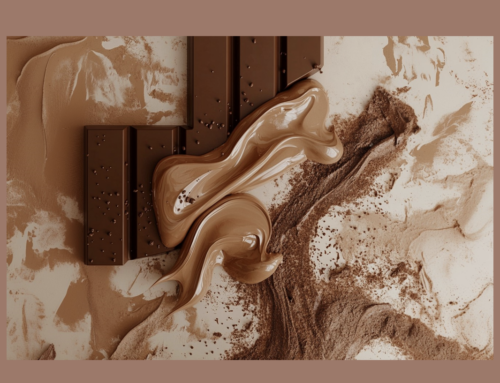April 21, 2014
As a general rule, evolutionary alterations are less risky than revolutionary changes. However, with changing times and expectations in the marketplace, some risk-taking can be a real attention getter. It should be a calculated, thoughtful and intelligent change that can be backed up with a meaningful rationale.
This is not something I can see a robot taking into consideration.
Earlier in April Esquire.com posted an article by Andrew Luecke called Welcome to the High Stakes World of Color And Branding. The following quote is from Andrew’s article, “A paper by researchers at the Institute of Textiles and Clothing at Hong Kong Polytechnic University found that due in part to the accelerated production schedule of fast fashion, color forecasting that “depends on the personal experience and judgment of the field of experts,…is often found underperforming,” while “artificial intelligence models, especially artificial neural network and fuzzy logic models‚… help to improve the forecasting of fashion color trends.”
Look a little closer at the motivation of the study, “fast fashion” and saving money. Have we learned nothing about our obsession with cheap, in light of the tragedies in Bangladesh?
The argument can be made in support of robots doing the work for humans. I’m not sure this would be the smart decision when it comes to making color decisions. Change for the sake of change is not necessarily a good idea, and I’ll tell you why.
Color is not the only means of attracting attention. There are other considerations as well:
the shape of the package
the “fit” in the hand
the texture (rough or smooth)
the finish (shiny or matte)
the perceived weight of the object
the graphics
All of the above can be further enhanced and made even more suggestive by the proper, intelligent use of color. A very important aspect of these visual tempters is called the “sensorial cues.” These cues link colors to all the senses and conjure up thoughts and perceptions of how the product will taste, smell, feel and in some cases, sound.
When the senses play such a large role in our daily choices, it is easy to see why a robot would not make a good color consultant. Human emotion and reaction cannot be sensed by a robot. The dialogue between client and consultant can often lead to discoveries of negative color responses. The discovery of negative color association is best handled with care and compassion, which can lead to new ideas on color and one’s perception. I couldn’t imagine trying to communicate those negative color responses to a computer. Could you?
Made available by | Author: David Adelman | Our Youtube
Some things are better left to a human being who is capable of emotional understanding and color psychology. I can’t help but think of how frustrating self-checkout is at the store. I wouldn’t leave such emotional work to a machine. Your feelings matter and communicating those feelings to a robot seems counter productive.
Numbers and algorithms cannot make up for the human experience. Not to mention the lives that are spared by not supporting such unsafe work practices and consumer drive.







Reblogged this on Life Potentials Network and commented:
Fabulous post from Leatrice Eiseman on color forecasting and logos!
Thank you for sharing my post and for taking the time to comment.
Reblogged this on Colour Style Design Blog.